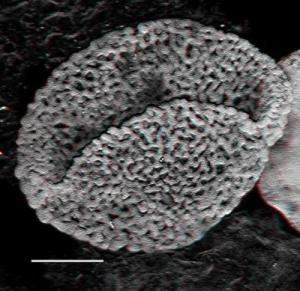A couple of days ago our class attended a lecture by the director of the Center for Large Landscape Conservation. It was great to hear him talk not only about the goals of his organization, but also about the work he’s done in his hometown of Bozeman. It was good to hear a fellow Montanan again. Got me looking forward to winter break.
Anyway- conservation. The Center for the Large Landscape Conservation is actually a fairly unique organization. Its mission is to, “[…] create strategies to solve nature’s large scale challenges, such as climate change, habitat fragmentation and loss of vital goods and services provided by healthy ecosystems.” The way it does this is through collaboration. The Center’s website discusses how the scope of many ecological problems facing our world today is too vast to allow a single group or government to effectively resolve them. Gary Tabor, who spoke to us on Monday, says that the Center’s job is to stand up and serve as a linkage system, connecting groups and communities across the Western states in an effort to promote widespread, coordinated efforts to neutralize threats to the environment and the wildlife in it.
Among the many programs instituted by the Center, the couple that Tabor talked most about were the “Yellowstone 2 Yukon”, which will link climate adaptation efforts between groups across the entire region of orange (above), including the Canadians, and the Crown of the Continent Roundtable. The second one stuck with me more, probably because of the hometown bias. Combining over 100 governmental agencies and non-governmental organizations, including the University of Montana, the Roundtable aims to initiate efforts to foster local ecosystem service and climate adaptation efforts in the Crown of the Continent ecosystem. The Crown extends from Waterton almost down to good old Missoula, and encompasses all of Glacier and Flathead Lake. Now, as wishy-washy as its goal might sound, the Roundtable has actually already accomplished some incredible things, primarily in how it has brought community leaders together and united them under the banner of environmental protection. Tabor was happy to inform us that, as a result of the Roundtable, many of the tribal leaders of northern Montana who have long held almost isolationist standpoints on inter-governmental/tribal cooperation were the first ones to sit down in the name of the environment. “The landscape is part of all of us. It ties us all together. Even those people who can’t agree on a single other topic sat down as one to discuss the best strategies to protect this incredible environment that we all call home here in the West.”
Tabor’s genuine pride in this accomplishment was pretty fun to see, as was his incredible passion for his work and the preservation of our landscapes. Kind of brought me back to my days with Ecology Project International. Environmental science is a subject that few seem to have any serious interest in any more, and yet it is rapidly becoming one of the most important factors in our lives. Even now we are seeing the consequences of environmental carelessness, and unless we can mobilize interest and support now, things are going to get a whole lot worse. Listening to the work Tabor has done, and seeing his drive for actual, physical action left me feeling slightly hopeful.
















